I do not know if people still remember the 2004 Spanish town of Elche burning a burning fire in Chinese shoes. Today, anti-dumping lawsuits triggered by Chinese footwear are still a sensitive topic in China-EU trade relations.
On May 8th this year, the WTO set up an expert group to hear cases of China v. EU anti-dumping against Chinese shoes, and Australia, Brazil, Japan, Turkey, the United States, Vietnam, and Colombia participated in the lawsuit as third parties.
China-Europe "Shoe War"
For more than a decade, the EU has been taking various measures to protect its shoe companies. On July 7, 2005, the European Union conducted an anti-dumping investigation against the shoes of Europe and China, and decided on October 5, 2006. Except for a Chinese company receiving market economic treatment, it was punished by a “penalty penalty†of 9.7% anti-dumping duties. All other companies have been punished by the anti-dumping duty of 16.5%, which has a term of two years and caused the dissatisfaction of more than 1200 Chinese shoe companies. In January 2007, Chinese shoe companies such as Aokang, Taima, Jinling, and Newborn Hong Kong sued the EU court and demanded judicial review of the ruling (thousands of other shoe companies gave up their efforts).
Unfortunately, the prosecution of Chinese shoe companies did not achieve the intended purpose. In October 2008, this anti-dumping ruling entered the expiry review stage. In December 2009, the European Commission decided to extend the effectiveness of this ruling for 15 months with a vote of 14 votes and 13 votes against it. China will continue to impose anti-dumping duties on China Shoes at the same rate.
On February 4th this year, China sued the European Union. The rhetoric was impassioned: The EU's 2006 ruling and 2009 expiry review violated almost all of the core provisions of the WTO's Anti-Dumping Agreement (including substantive clauses and procedural clauses). Specifically include:
1. According to the anti-dumping rules of the European Union, anti-dumping duties are levied on products of "non-market economy" countries. The tax rate is for the entire country and not for specific suppliers, unless these suppliers prove that it fully complies with the market economy conditions stipulated by the EU. China believes that the EU’s practice violates the provisions of the WTO's Anti-Dumping Agreement requiring the specific anti-dumping tariff rates of specific suppliers; at the same time, the EU’s taxation methods for products of “non-market economy†countries are discriminatory and violate the most-favoured-nation principle of the WTO. .
2. The EU’s 2006 ruling did not verify the application for market economy treatment requested by certain Chinese suppliers in accordance with the requirements of the WTO’s Anti-Dumping Agreement and China’s Accession Protocol to the World Trade Organization; when determining the existence of dumping and the margin of dumping, The calculation method was wrong; when assessing the damage suffered by EU footwear enterprises, there was no objective and fair evaluation; during the anti-dumping investigation, China had not given a reasonable opportunity for proof, the transparency was not enough, and the sampling method was not reasonable; the verdict result did not fully state the facts. And cited laws.
The EU’s 2009 expiry review procedure was illegal, sampling was illegal, there was no objective verification of the evidence, and the 2006 wrong practice was repeated.
Multinational encounter anti-dumping
Following the EU, Brazil decided to conduct anti-dumping investigations on Chinese shoes on December 31, 2008. On September 16, 2009, it decided to impose a temporary anti-dumping tax of US$12.47 per pair. On March 4 this year, it decided to impose anti-dumping charges of US$13.85/double. Taxes are valid for 5 years.
Followers have followed suit. The Argentine government also conducted anti-dumping investigations on Chinese shoes in February 2009. In July of the same year, it began imposing temporary anti-dumping duties, stipulating that the price of imported Chinese shoes should not be lower than US$15.5/double.
As early as 2000, Canada imposed a 33% anti-dumping tax on China's plastic waterproof shoes and soles. On October 21, 2009, it decided to conduct another anti-dumping investigation on this type of product. Except for the six Chinese companies that were spared, other companies were expropriated. 49% anti-dumping duty.
Under "encirclement and suppression", the export volume of Chinese shoes is bound to drop sharply. According to statistics from the China Light Industry Import and Export Chamber of Commerce, the total export value of China’s footwear products in 2009 was US$28.01 billion, a decrease of 5.54% year-on-year, of which leather shoes fell the most, reaching 14.83%. According to statistics from China Shoes Network, after the European Union took anti-dumping measures against Chinese shoes, the total amount of China shoes lost to Europe fell by 15%; over the past three years, revenue dropped from 2.08 billion euros during the peak period to 1.78 billion euros. According to statistics from the China Leather Industry Association, anti-dumping duties led to a 20% reduction in the output of European shoes and a decrease of about 40 million pairs. This alone caused about 20,000 Chinese workers to lose their jobs.
WTO rules deposit hole
In fact, unlike most domestic public opinion expectations, the key to winning Chinese lawsuits in litigation is not relying on subjective efforts, but on the objective flaws and flaws in the WTO's Anti-Dumping Agreement.
According to the WTO Anti-Dumping Agreement, if the product under investigation comes from a “non-market economy†country, when calculating the cost of production, it is not based on the actual data of the producing country, but adopts a “substitute country†similar to the country (market economy country). )The data. This time, the European Union calculated China’s shoe-making costs based on Brazil’s production costs.
However, due to different national conditions, the unit cost of Brazil is higher than that of China, and it is also anti-dumping on Chinese shoes. As a result, it artificially increases China's production costs and raises the dumping margin accordingly. This is very unfair to China. During the Doha round of talks, China has repeatedly proposed the abolition of this rule. However, according to the revised draft recently issued by the WTO, this rule still exists.
For another example, commercial activities allow “zero-profit sales†and off-label sales, but the WTO’s “Anti-Dumping Agreement†does not stipulate this. The country of investigation does not consider defective products when calculating production costs, and treats all products as high quality. Products, plus a profit space, artificially increase production costs and dumping margins. In addition, the agreement did not calculate the “injury margin†when determining whether similar industries in the surveying country suffered damages; in the investigation procedure, the investigating country was given great discretionary power.
These loopholes and flaws have caused a large number of anti-dumping cases and many problems, making them the most difficult "hard bones." The existence of loopholes and flaws is not because members do not know how to regulate, but because developed countries headed by the United States are unwilling to change the status quo and want to use these loopholes to provide timely protection to relevant domestic industries. Because the United States plays a leading role in the WTO negotiations and the hard-line attitude of the US Congress, the existing anti-dumping system will continue for a long period of time.
Of course, this does not mean that we can hold pessimistic feelings. On the contrary, it is very necessary to respond actively. Certain EU practices do constitute discrimination against China and violate the provisions of the treaty, losing the inevitable. More importantly, the litigation process is more important than the outcome, at least allowing the European Commission to converge on anti-dumping investigations of Chinese products in the future.
It is also worth noting that even if you win this lawsuit, it does not mean that Chinese shoes can travel freely in Europe. The EU will continue to protect local shoe companies, but only at different levels.
Chinese shoes to win
In recent years, Sino-European economic and trade development has been rapid. China is the EU’s second largest trading partner and the largest source of imports. According to the official website of the European Union, the China-EU high-level economic and trade dialogue started in 2008 went smoothly. In 2009, China exported 214.7 billion euros of goods to the European Union, and imported 81.7 billion euros. The trade surplus is large. This large environment requires Chinese and Chinese companies to handle the EU anti-dumping case must be rational and have a section.
First of all, it should be broken down. EU anti-dumping on Chinese shoes is at the expense of the interests of local consumers and importers. The latter must pay for anti-dumping duties, which inevitably arouses their resentment. Chinese companies should make full use of these importer and consumer sentiments and communicate more with their chambers of commerce.
Compared with the United States, the EU’s policies are relatively modest, and the Doha Round negotiations have consistently argued that anti-dumping should take into account public interests; in addition, there are more differences between the EU’s 27 member states, this time there are 13 members opposed to continue to wear shoes in China. Anti-dumping means there is a lot of room for disintegration.
Second, it should be "smart to win." Chinese shoe companies need to increase R&D efforts, promote brand strategy, actively participate in the formulation of international standards, increase their ability to respond to technical barriers, or bypass their third country to enter their markets; when conditions are ripe, they can also directly set up factories in the European Union. Subject to tariffs. These recommendations also apply to Canada, Brazil, and Argentina.
Philizon enjoys a high reputation in grow led lamp and Aquarium Led Light fields throughout Europe and America, Philizon also insists on taking high technology to design the newest&best led Grow Light and Aquarium Light constantly as the market request. Our R&D team with more than 10 people has rich experience in appearance design, electronic structure,heat dissipation simulation analysis, optical lens design, lightcontrol system etc. Most of our hydroponics full spectrum led grow lighting and Led Aquarium Algae are private modules,we have 10 more design patent and utility model patent till now.
Our Led Aquarium Algae is popular in led market, cause its elegant outlook and its high quality and competitive price.
Item Display
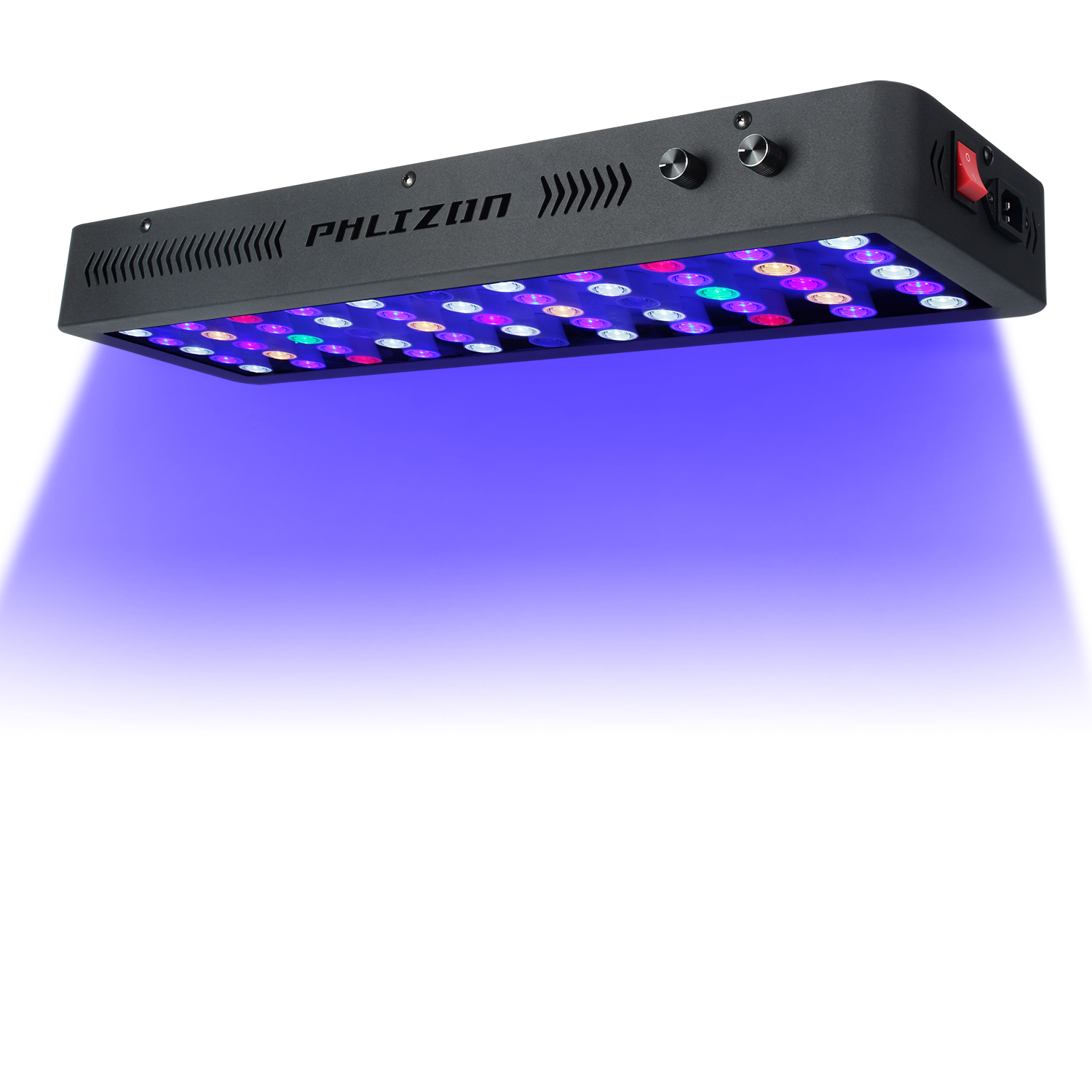
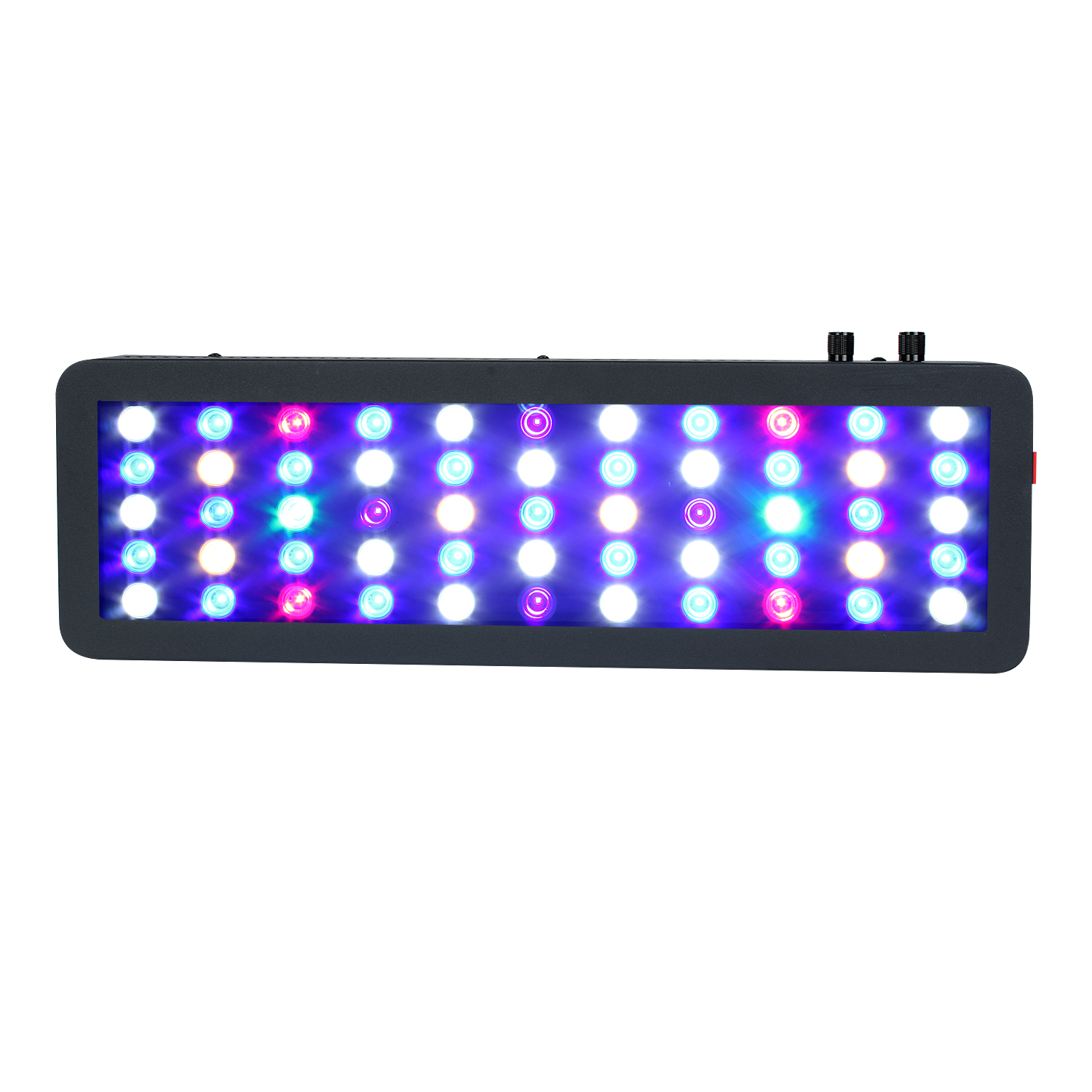
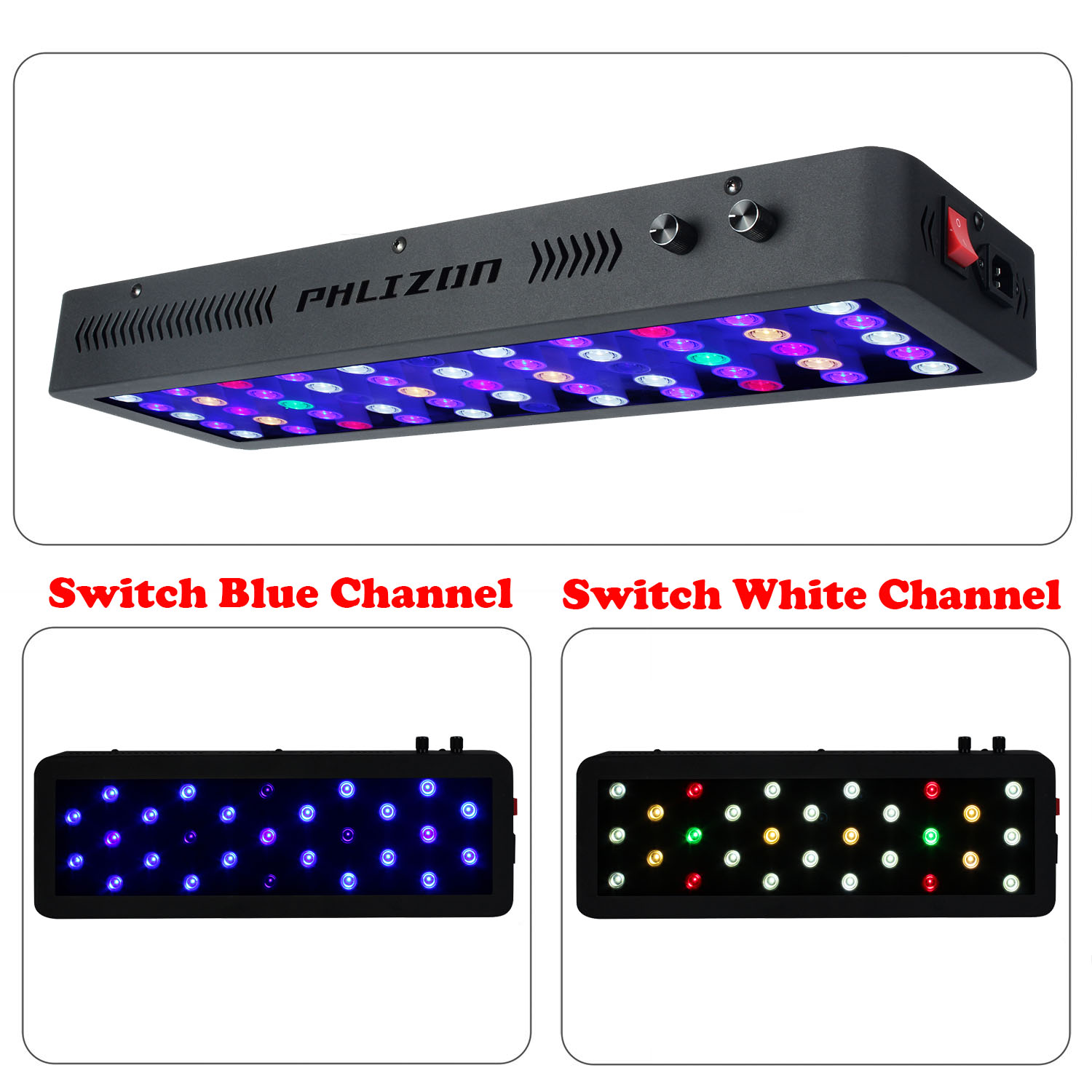
Key Features
1.The lifespan is over 50000 hours,low maintenance costs.
2.Energy conservation,saving over 80% energy than the traditional HPS.
3.High light efficiency,90% of the light will be absorbed by the aquatic plants,while just 8%-10% to the HPS.
4.Build-in cooling system,could solve the heat dissipation excellently.
5.Built-in power supply, CE approved, No setup required, just simpler and safer plugs directly into AC85V-264V, no reflector & ballast needed.
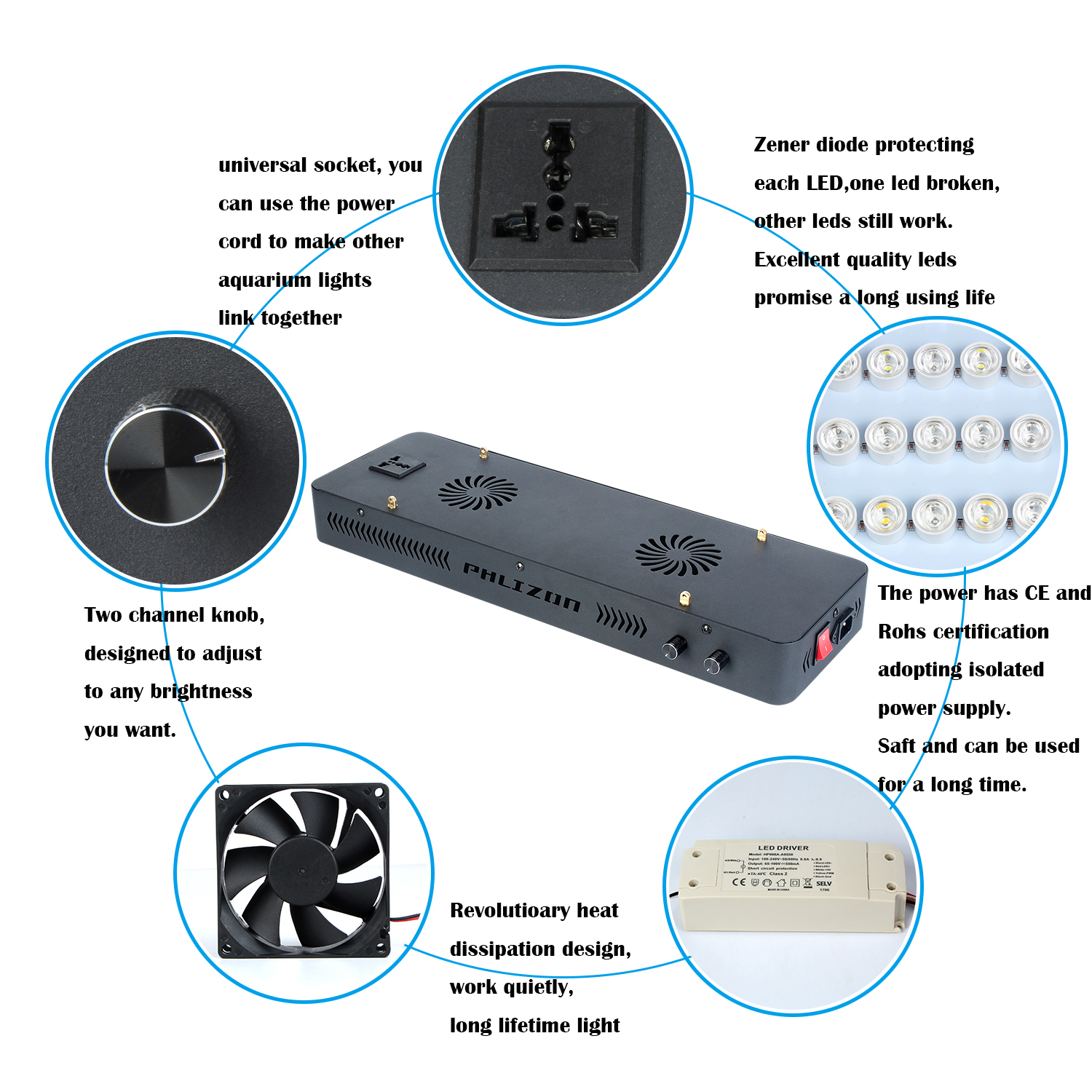
Convenient in using lights at the same time.
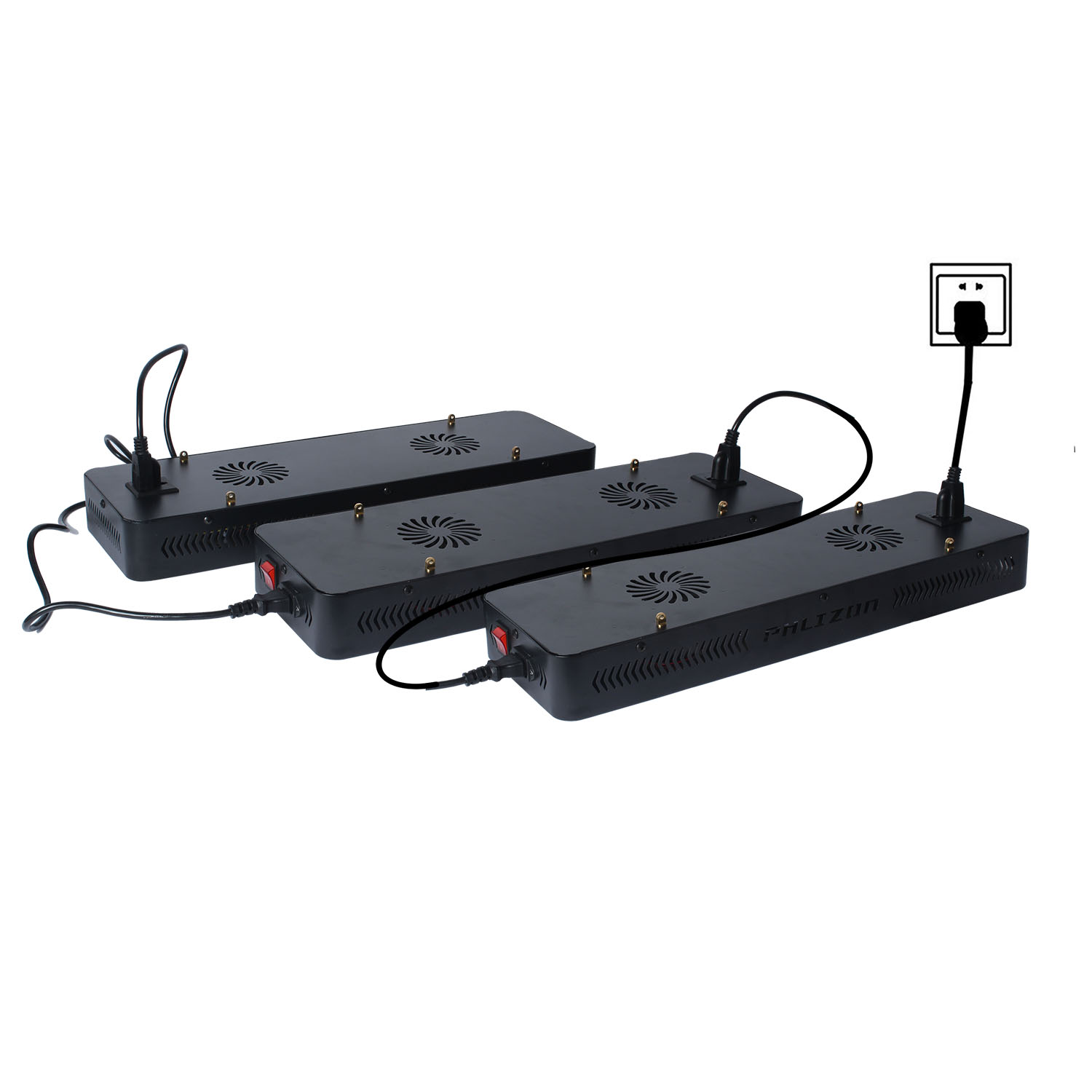
Package Include
1 X Free Hanging Kit
1X Free Power Cord
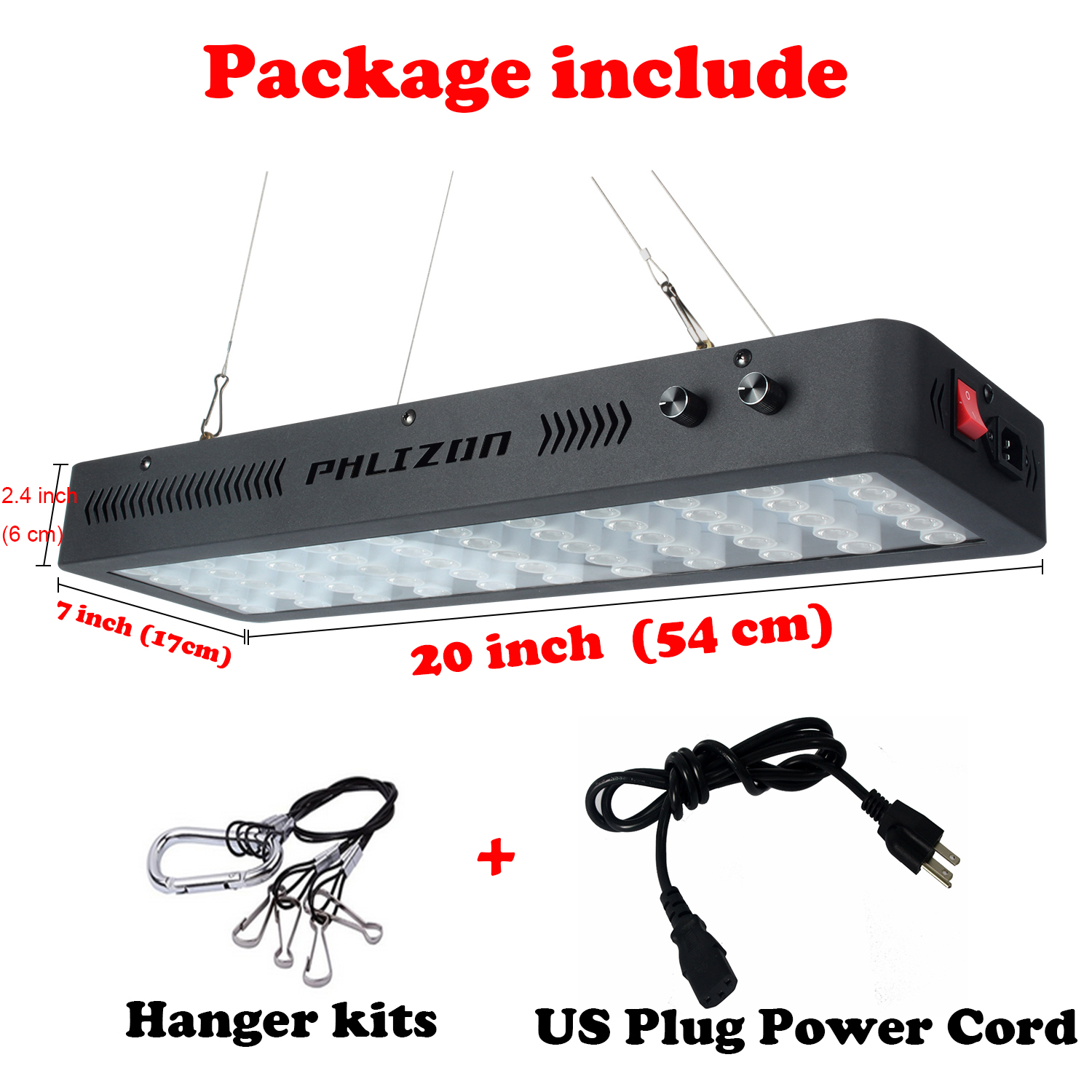
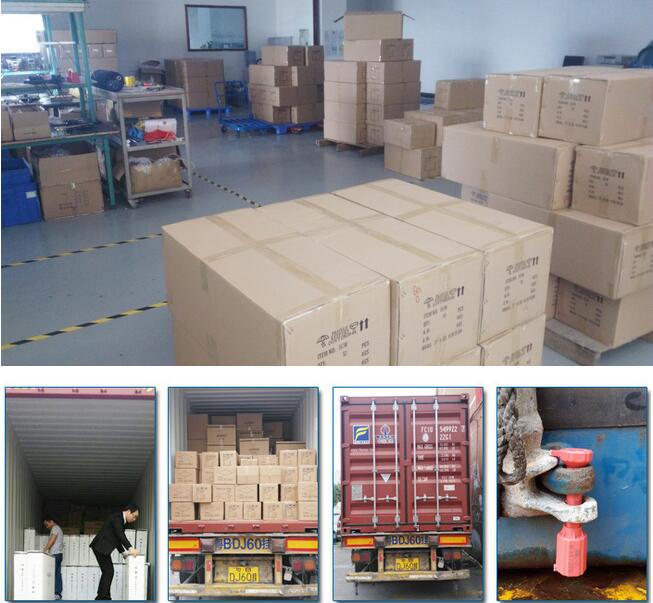
Quality Control systems and after-sales
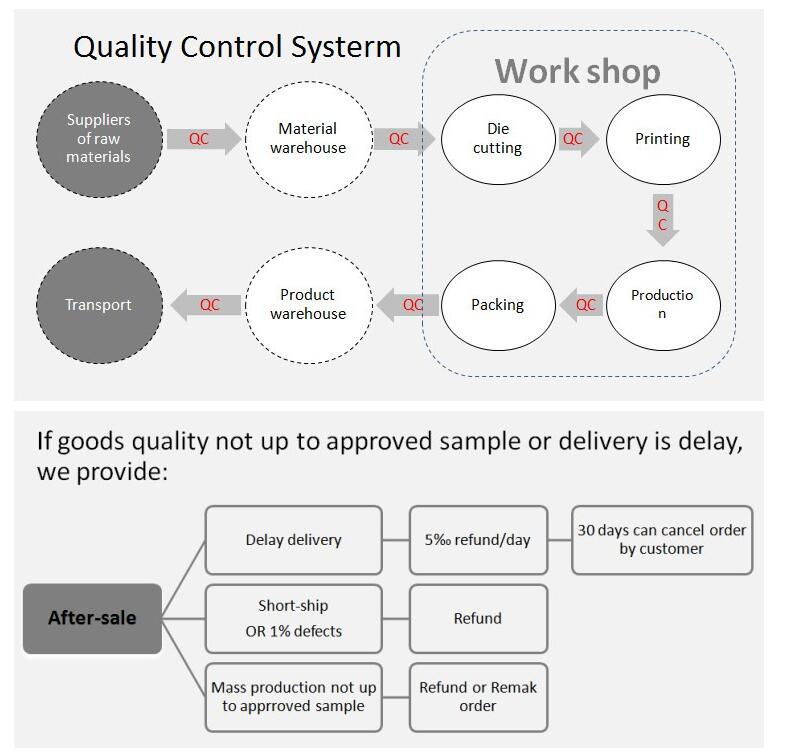
All the lamps have passed strict quality examination and are packed carefully before shipping. In order that our customers get high quality lamps,we attach importance to every details.
Application
1. coral reef lighting,fish tank lighting,coral reef tank lighting
2. aquarium lighting,aquarium art,aquarium shop,aquarim centre
3. fish bowl lighting,fish lighting,freshwater lighting,saltwater lighting
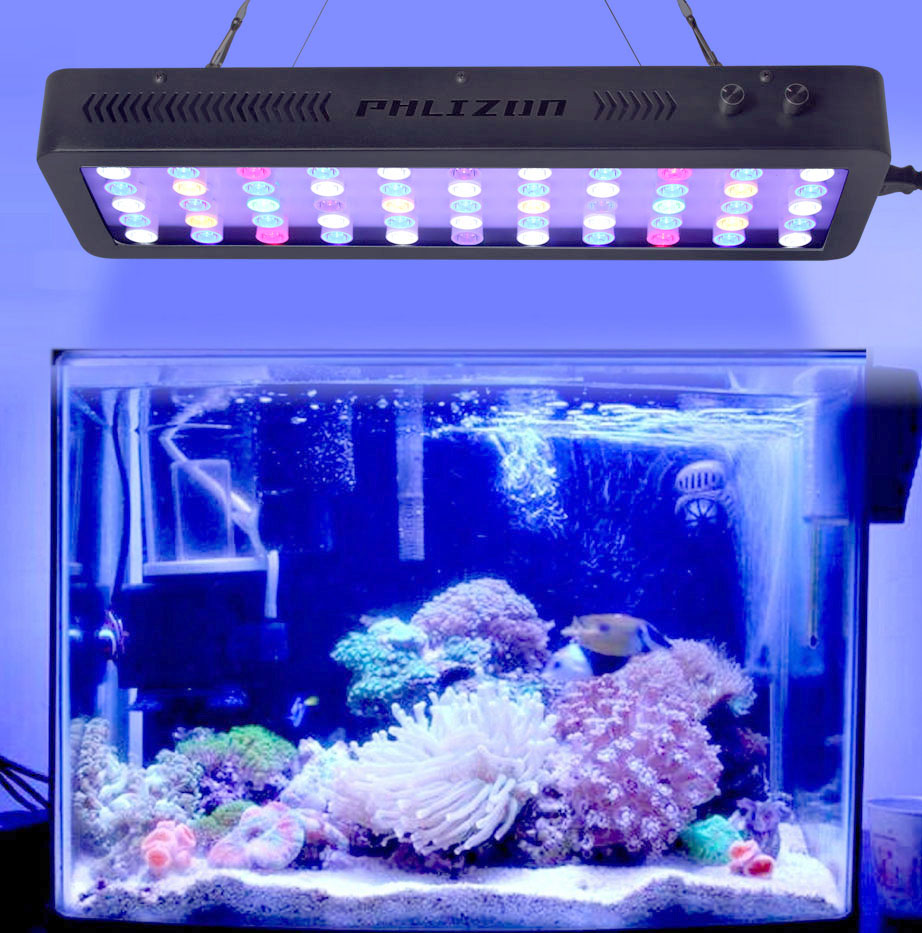
Our Company
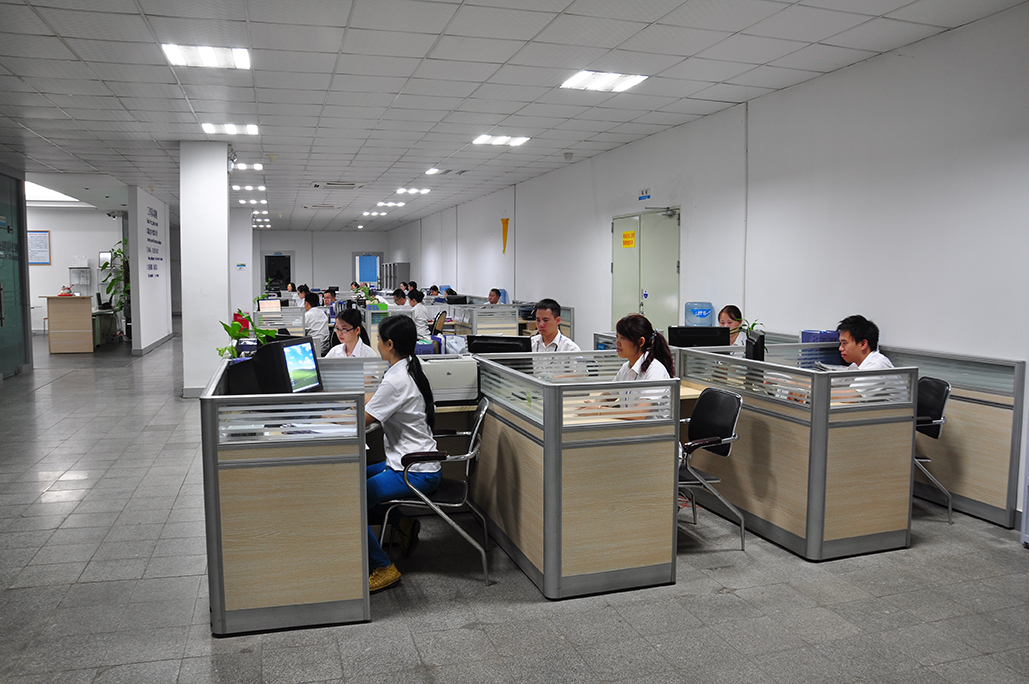
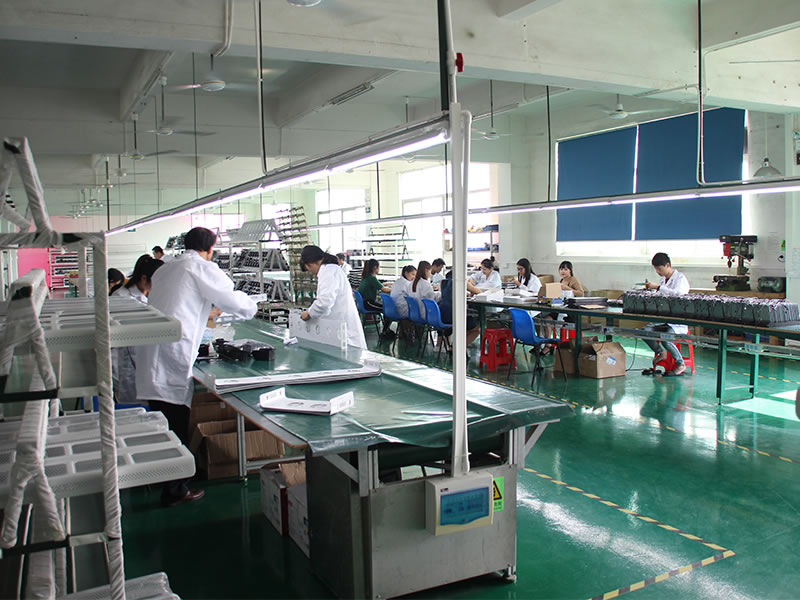
Philizon Advantages
Professional: we are professional LED Grow Lights and LED aquarium light manufactuer here in China,you will get Professional and High quality LED Grow Lights and Led Aquarium Algae from us and get good guarantee.
Cost-effective Price:we don`t have the lowest price,but the Led Aquarium Algae you get from us really cost-effective,good quality & decent price.
Win-win situation:Long term business is our mission,we will provide good Led Aquarium Algae and warming service to build a long-term business relationship with you
24/7 unlimted customer service: we are always here for you for your question,any question just email us or call us,we do our best to help you all the way.
Long term warranty: Don`t worry about the quality and we guarantee you 3years warranty for all the LED Plant Grow Light and coral reef led aquarium light.
Best buying experience: you will get the tiptop serive you have ever had,just have a try and you`ll see.
Trade Terms
Payment: T/T, L/C, Paypal, 30% deposits before production, 70% balance to be paid before deliverying(Western Union are welcome)
Sample will be delivered within 7 working days.
Discounts are offered based on order quanlityes.
MOQ:sample order are acceptable
Delivery ways:DHL,UPS,FedEx,TNT, door to door,by sea,by air,etc.
Our products ranges:
LED plant grow lights for agricultural lighting;
LED aquarium lights for fish tanks,corals,etc;
Warmly welcome to take a visit on our factory at any time and we will pick you up at the airport in Shenzhen.
Led Aquarium Light For Plants,Smart Led Plants Aquarium Light,Smart Plants Aquarium Light,Plants Aquarium Light Led Light
Shenzhen Phlizon Technology Co.,Ltd. , https://www.szledaquariumgrowlight.com
![<?echo $_SERVER['SERVER_NAME'];?>](/template/twentyseventeen/skin/images/header.jpg)